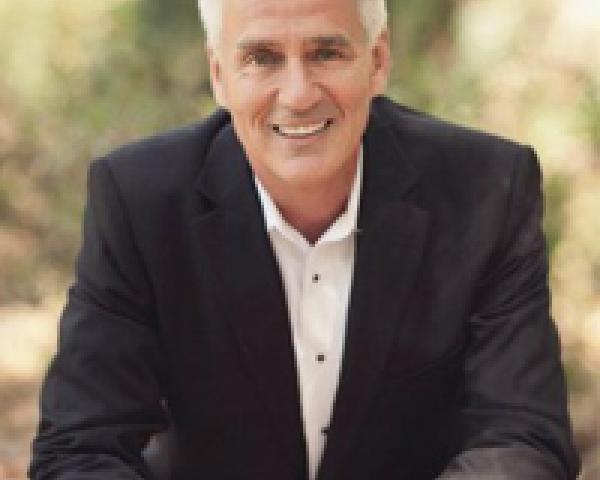(Adapted from
A Manager’s Guide to Suicide Postvention in the Workplace: 10 Action Steps for Dealing With the Aftermath of a Suicide)
Death jars our concept of the way life is supposed to be. That dissonance is multiplied when the death is by suicide.
Following the tragedy of death by suicide, the workforce will include people whose personal struggles already leave them vulnerable and who now face increased risk for destructive behavior, including suicide. Tragedy can beget additional tragedies. Sometimes irrational blaming behavior includes violence. Sometimes suicide contagion, or “copycat suicides,” occur. How leaders respond (postvention) after death by suicide is critical to stopping that negative momentum.
"Postvention" can be prevention
Defined by the Suicide Prevention Resource Council as “the provision of crisis intervention and other support after a suicide has occurred to address and alleviate possible effects of suicide,” effective postvention has been found to stabilize community, prevent contagion and facilitate return to a new normal.
- Coordinate: Contain the crisis. Like the highway patrolmen on-sight at a traffic accident, postvention aims to prevent one tragedy from leading to another and return normal progression as soon as is safely possible.
- Notify: Protect and respect the privacy rights of the deceased employee and the person's loved ones during death notification.
- Communicate: Reduce the potential for contagion. Communicate, communicate, communicate meaningful information. Keep it simple. Make it practical. Focus on solutions to immediate issues. Repeat it. Repeat it again.
Crisis Care Network, the largest provider of critical incident response services to the workplace, developed a crisis communication process that has been helpful for business leaders. The acronym ACT describes a means of acknowledging, communicating and transitioning amid a crisis.
See Also: 6 Things to Do to Prevent Suicide
Acknowledge and name the incident
- Have an accurate understanding of the facts and avoid conjecture.
- Demonstrate the courage to use real language that names what occurred.
- Acknowledge that the incident has an impact on team members and that it is okay that individuals will be affected differently.
Communicate pertinent information with both compassion and competence
- In the absence of information, people create it. Providing information reduces the likelihood of rumors, builds trust and provides a sense of order that supports moving forward.
- Although very difficult to do when affected by traumatic stress oneself, communicating with both competence and compassion demonstrates leadership effectiveness in a caring way. Employee assistance program (EAP) consultants often help business leaders by scripting and coaching their messaging.
Transition toward a future focus
- Communicate an expectation of recovery. Those affected must gain a vision of “survivor” rather than “victim.” Research indicates that humans are an amazingly resilient species and overwhelmingly bounces back from adversity.
- Communicate flexible and reasonable accommodations as people progress to a new normal. Employees should not all be expected to immediately function at full productivity (although some will) but will recover quicker if assigned to simple, concrete tasks. Structure and focus are helpful, and extended time away from work often inhibits recovery. “If you fall off a horse…..get back on a pony.”
- Support: Offer practical assistance to the family and those affected.
- Link: Identify and link affected employees to additional support resources and refer those most affected to professional mental health services.
How to lead effective suicide postvention was likely not part of most business leaders' education or training. When these tragedies occur, leaders often engage their EAP to deploy critical incident response experts – behavioral health professionals with unique training in response to tragedies. These consultants will:
- Consult with the organization’s leadership regarding crisis communication strategies that facilitate resilience
- Draw circles of impact and shape an appropriate response
- Let people talk if they wish to do so
- Identify normal reactions to an abnormal event so that people don’t panic regarding their own reactions
- Build group support
- Outline self-help recovery strategies
- Brainstorm solutions to overcome immediate return-to-function and return-to-life obstacles
- Assess movement toward either immediate business-as-usual functioning or additional care. Following death by suicide, they will be especially attuned to assess others for risk of self-harm.
- Comfort: Support, comfort and promote healthy grieving of the employees who have been affected by the loss. Critical incident response consultants will guide, coach, and script leaders regarding compassionate messaging. Leaders must “give permission” for help-seeking behavior.
- Restore: Restore equilibrium and optimal functioning in the workplace.
Sensitively resume a familiar schedule. People do best when their natural rhythms kick back in. Routine. No surprises. One foot in front of the other, just like yesterday.
Facilitate successful completion of familiar tasks. Doing something tangible reduces that sense of powerlessness and helps people focus on what they can do, rather than panic about what they cannot. The structure of doing what one knows how to do is helpful in finding a “new normal.”
- Lead: Build and sustain trust and confidence in organizational leadership. The team will never forget the leader’s response. Neither will the leader. Effective provision of both guidance and support will lead to the team feeling cared for in the workplace and result in loyalty and faith in their leadership’s abilities. People will go through the crisis with or without leadership. Lead them.
- Honor: Prepare for anniversary reactions and other milestone dates. Mark these dates on the calendar and then respectfully acknowledge them in large or small ways. Honor those affected by the death.
- Sustain: Move from postvention to suicide prevention.
All involved stakeholders will now own the fact that “it can happen here.” Use that momentum to keep others safer. Following death by suicide, leaders all become “first responders.” Rather than being overwhelmed by the first tragedy, they can prevent others.







